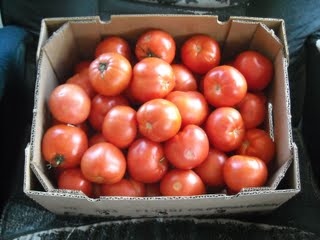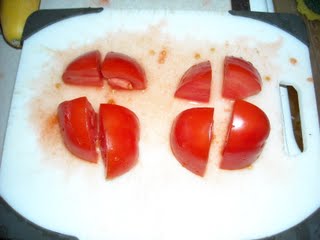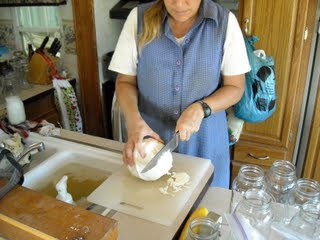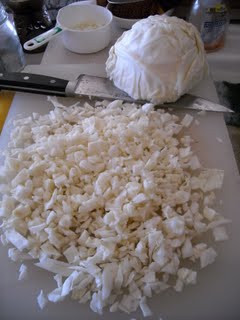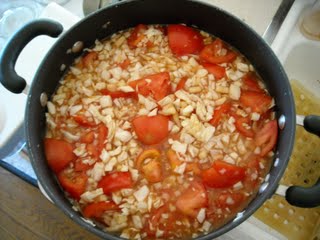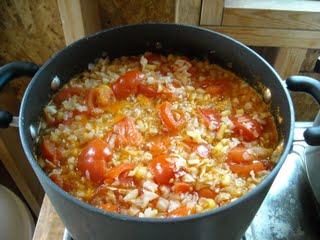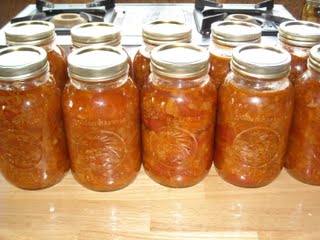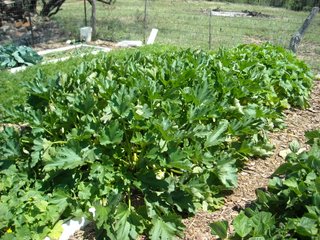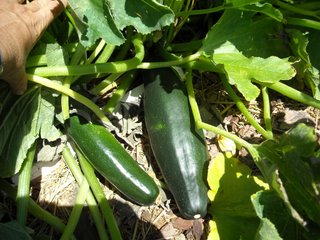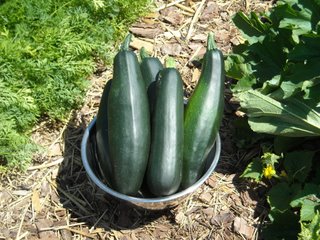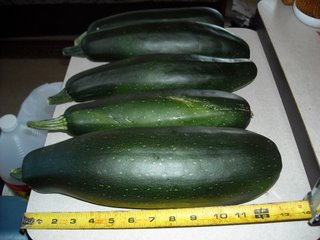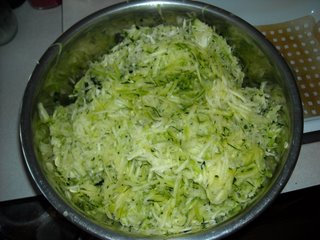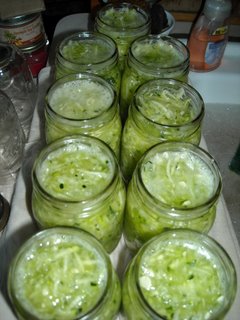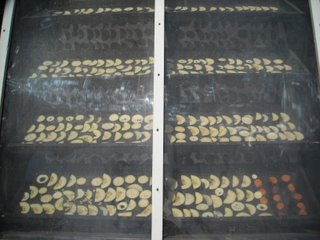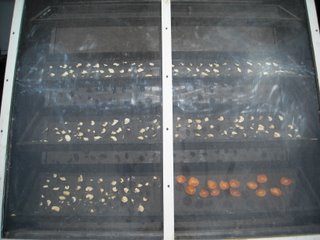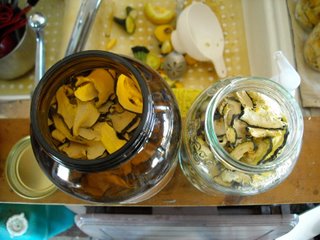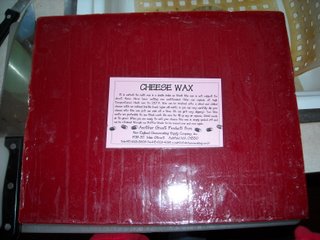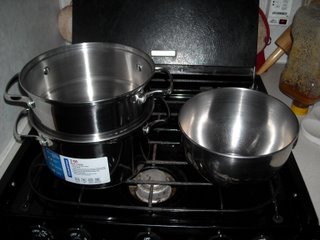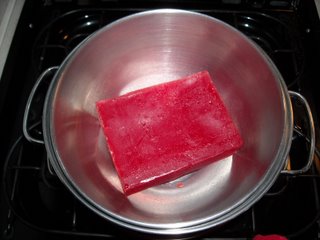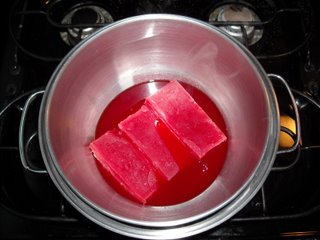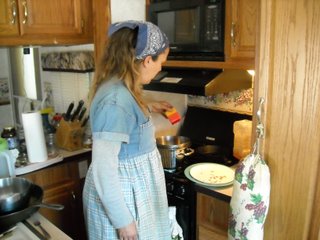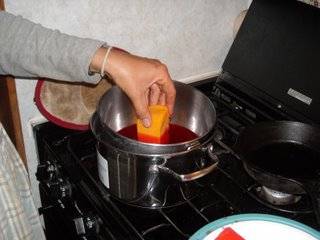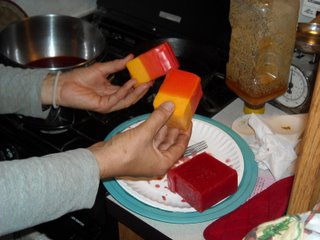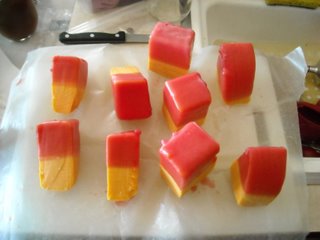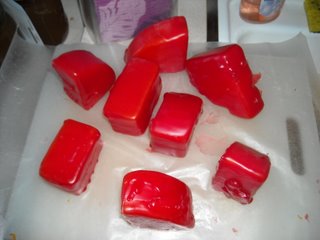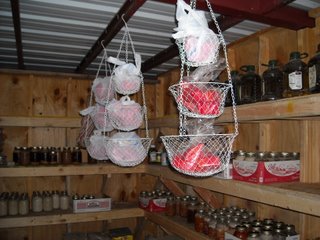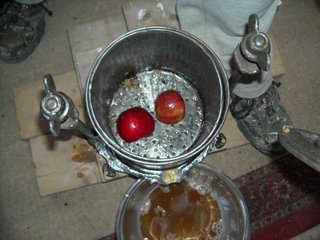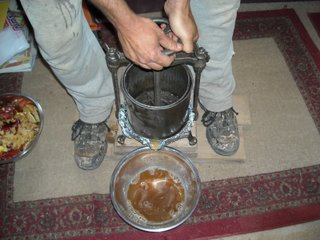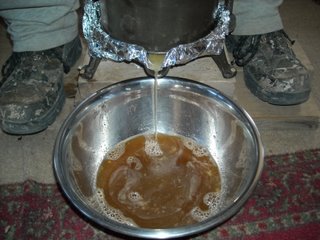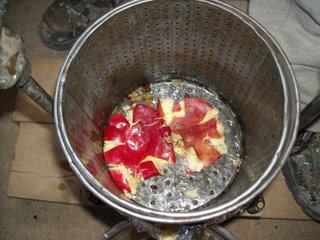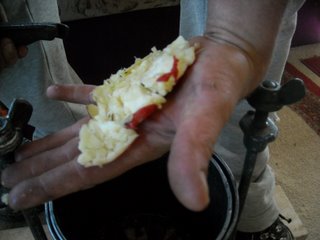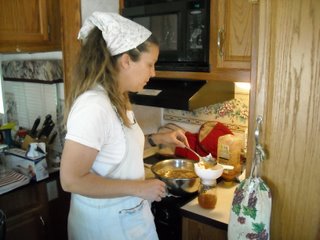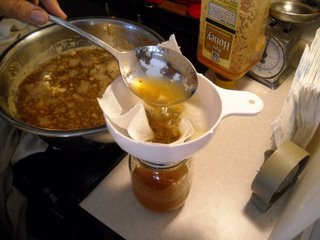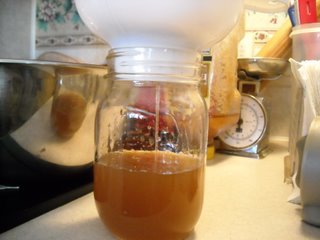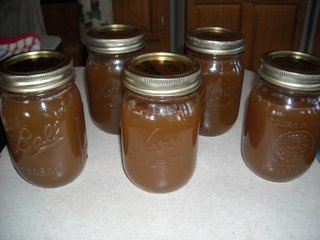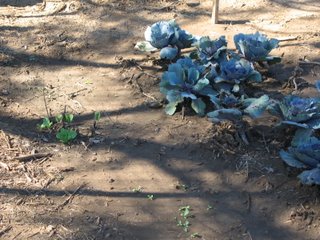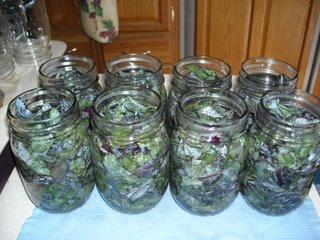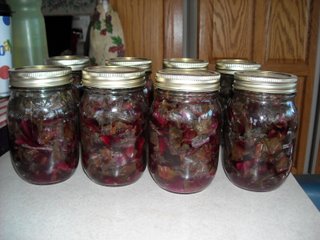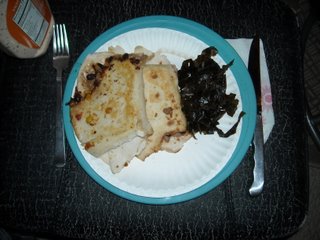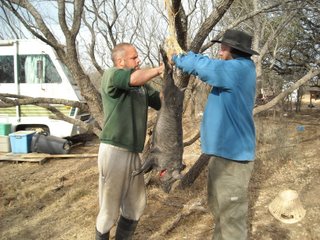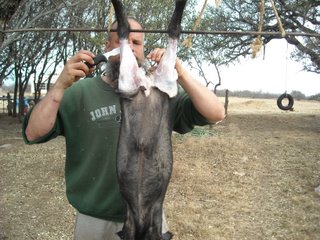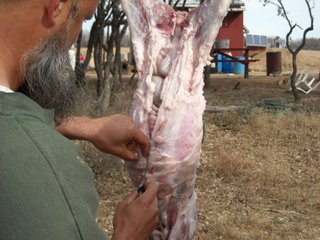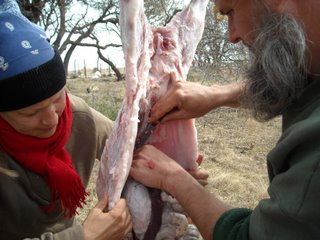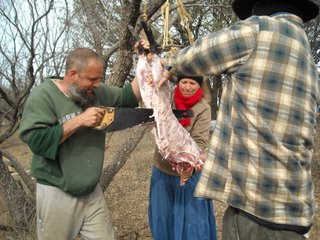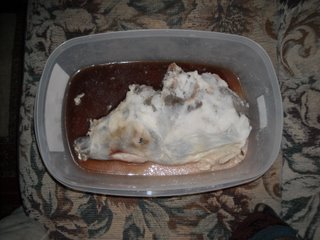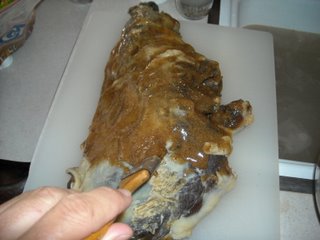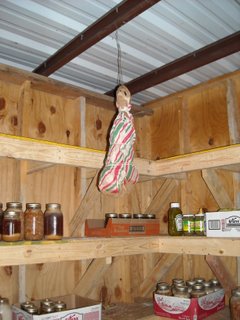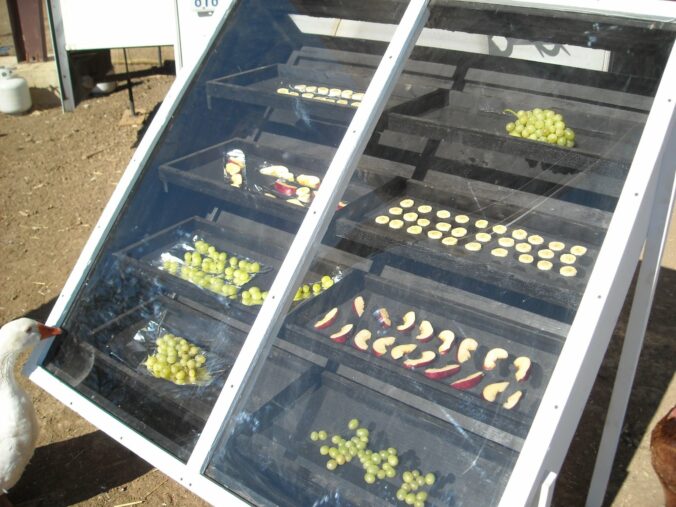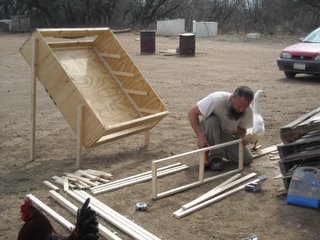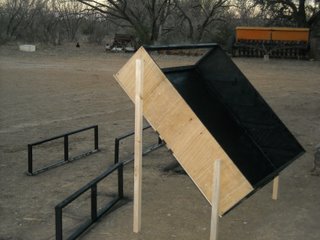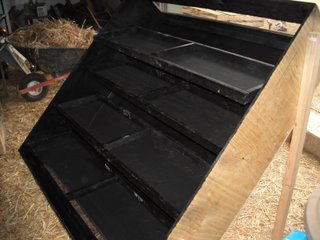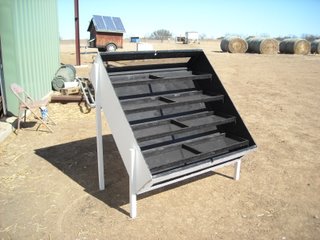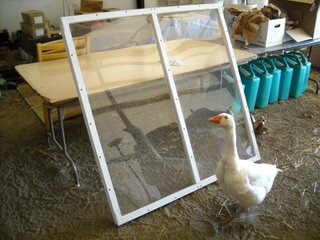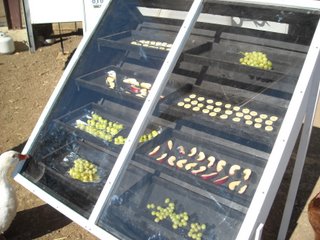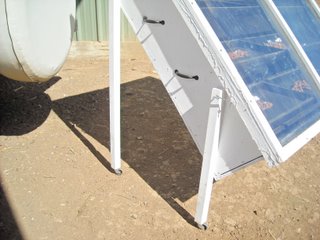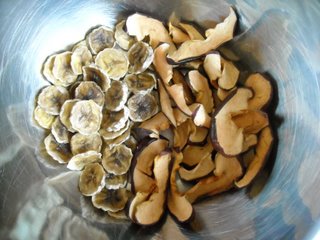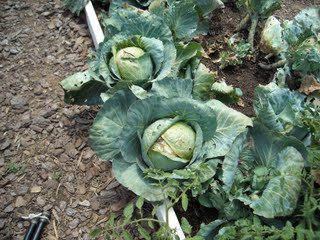 We planted cabbage in our summer garden again this year. If you’ll remember from our garden last year, we didn’t have any cabbage heads to speak of; but this year the Lord has graciously blessed us with large, beautiful cabbage heads to eat fresh and preserve.
We planted cabbage in our summer garden again this year. If you’ll remember from our garden last year, we didn’t have any cabbage heads to speak of; but this year the Lord has graciously blessed us with large, beautiful cabbage heads to eat fresh and preserve.
I can probably count the number of ounces of cabbage I’ve eaten in my life in single digits. I have nothing against cabbage in the least but just didn’t grow up eating much of it. So I was stumped to find a good way to preserve all of this cabbage with which God had blessed us.
I surfed online a bit under canning cabbage and found a recipe that sounded pretty tasty to me. Fast forward several weeks, and I now have over 60 quarts of borsch in my root cellar! (NOTE: For you proper spellers, “borsch” is, indeed, an approved variant spelling of “borscht.”) I had heard of borsch but had never eaten it to my recollection. I’m not certain if this recipe is an “official” borsch; but, regardless, it’s tasty! Wow! All these years I’ve been missing out! This recipe calls for five pounds of tomatoes per batch, so we were very thankful when we discovered the local produce market was having a sale on tomatoes at about $.50 per pound.
I’ve listed the recipe below in case anybody is panicking like I was, wondering how to capture and preserve their garden cabbage crop. Or if you just have a “hankerin'” for borsch 😀
Here is the official link to the recipe, but I made a few changes so I thought I would post it here also with a few personal notes in italics:
Yield: Eight pints (or four quarts) although I was generous with the ingredients and consistently got five quarts each time.
- 5 lbs. tomatoes (about 20 medium tomatoes)
- 8 cups coarsely shredded cabbage (I tried using a grater but realized coarsely chopping the cabbage works just as well and is much faster)
- 6 cups water
- 2 cups chopped onions (approx. 2 medium onions)
- 1 cup chopped apple (approx. 1 medium apple)
- 2 tablespoons instant beef bouillon (store-bought bouillon contains MSG, so on some of the batches I used pork stock from previous canning sessions of our pigs in place of the six cups of water, and added a little garlic and onion powder seasoning in place of the bouillon; and it worked fine)
- 2 tablespoons sugar
- 2 tablespoons lemon juice
- 1 teaspoon salt
- 1/8 teaspoon pepper
- Wash, peel, remove stem ends and cores, and quarter tomatoes. Use a small spoon to scrape out the excess seeds, if desired. (I didn’t take the time to peel the tomatoes or scrape out any seeds, and it was fine)
- In a four to six quart kettle or dutch oven combine all ingredients. Bring to a boil; boil uncovered five minutes.
- Ladle hot soup into hot jars, leaving 1/2 inch head space.
- Adjust the lids.
- Process in canner at 10 pounds, 45 minutes for pints or 55 minutes for quarts. (Please look online for altitude instructions if you live 1,000 feet or more above sea level)6. Makes eight pints (or four quarts) (As I stated before, I was generous with the ingredients and consistently got five quarts)
Here are the tomatoes we were blessed to be able to buy very inexpensively. A 20 lb. box yielded three to three and a half batches:
I cut up each tomato in half and then into quarters and placed them in the soup pot:
I coarsely chopped up the cabbage and placed it in with the tomatoes:
I was amazed at how many cups each head of cabbage yielded:
Here are all of the ingredients introducing themselves to each other and ready to be boiled:
The ingredients have now been boiled for five minutes and are ready to be ladled into the canning jars for processing:
MMMmmmmm, delicious Borsch all cooked, processed and ready to eat!
What a blessing to have been able to capture and preserve these abundant, direct provisions from God. Dave and I have had some borsch for supper a couple of times now. Dave said it doesn’t smell that great but tastes delicious! It can stand on its own as a very tasty and nutritious soup, or meat may be added to make a wonderful stew. I added in some canned brisket meat recently along with some homemade bread, and it made a well-rounded supper for us. All thanks to God for granting us this food from our garden as a type of the spiritual food He gives us from His Word.
Susan
